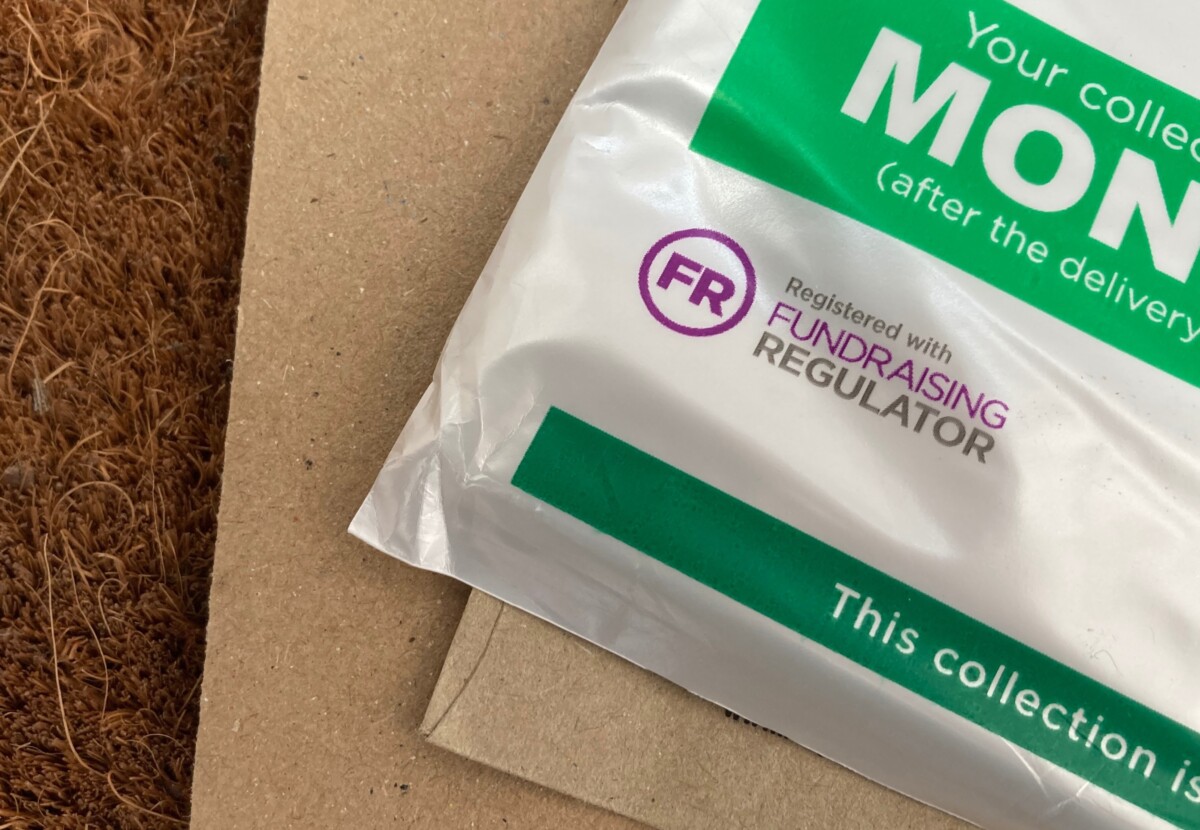Regulator data shows ‘marked increase’ in complaints about door-to-door fundraising

For the first time, door-to-door fundraising has generated more complaints than any other method made both directly to the Fundraising Regulator and to a sample of charities, new data reveals.
The Fundraising Regulator’s latest Annual Complaints Report covers the period from 1 April 2022 to 31 March 2023. It analyses complaints made to the regulator directly from members of the public as well as fundraising complaints received by a sample of 58 of the UK’s largest fundraising charities.
Key figures
- Door-to-door fundraising complaints totalled just over 15% of complaints (60 out of 399) made directly to the Fundraising Regulator
- The total number of complaints received by charities about door-to-door fundraising more than doubled, rising by 110% (from 1,936 to 4,056) compared to 2021/22
- Over one in five complaints received by the sample charities concerned door-to-door fundraising.
The increase in complaints is evenly spread across the charities and, the reports says, is in keeping with the pattern of complaints about this method increasing since 2020/21.
Advertisement
Possible causes
The number of sample charities using door-to-door fundraising increased in 2022/23 (30 compared with 25 in 2021/22), but overall activity levels increased by less than 20% meaning this alone is not enough to explain the doubling in complaints to charities, according to the Regulator.
It suggests several potential causes for the increased levels of complaints, including poor behaviour from fundraisers, particularly from third-party and subcontractors; higher rates of home working; and a general increase in the activity since the pandemic.
How other channels fared
The most common complaints around other fundraising methods to the Fundraising Regulator remained consistent with previous years – charity bags and clothing banks, addressed mail, and digital marketing. Online appeals drew the second-highest number of complaints made directly to the sample charities, followed by addressed mail then challenge and sponsorship events.
Commenting on the publishing of this year’s Annual Complaints Report, Jenny Williams, Chair of the Complaints and Investigations Committee, said:
“This year’s Annual Complaints Report sees a continuation of themes that have been established in previous reporting periods, but importantly marked the first time that door-to-door fundraising generated more complaints than any other method.
“While door-to-door fundraising remains an effective method for charities, both in terms of securing donations and increasing awareness, the marked increase in complaints does indicate that there are higher risks involved in this activity and that it is increasingly disliked by members of the public.
“It is therefore important for charities to remain vigilant and ensure sufficient care is taken to make sure all fundraising, particularly methods that engage directly with the public, especially those who are potentially vulnerable, is fully compliant with the Code of Fundraising Practice.
“We will continue to work closely with charities to help ensure they have the guidance and tools they need to fundraise responsibly.”
Last month, the Fundraising Regulator launched a market inquiry into the use of subcontractors by fundraising agencies. Its first market inquiry, the objective is to better understand how door-to-door and on-street fundraising sub-contracts are arranged and monitored in the sector. Findings will be shared and the regulator will produce support to help charities and agencies that use subcontractors.





